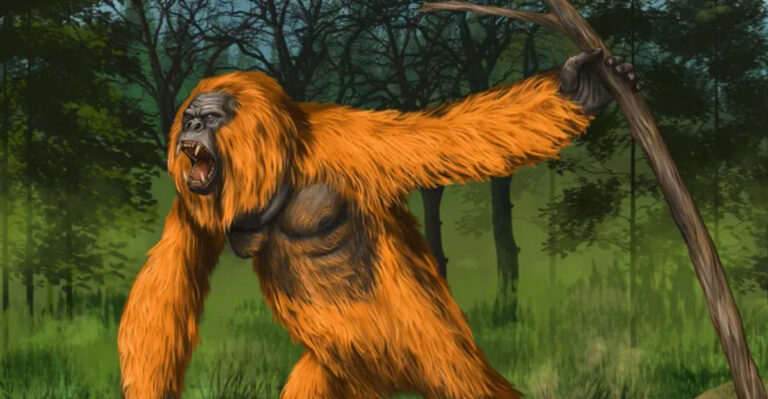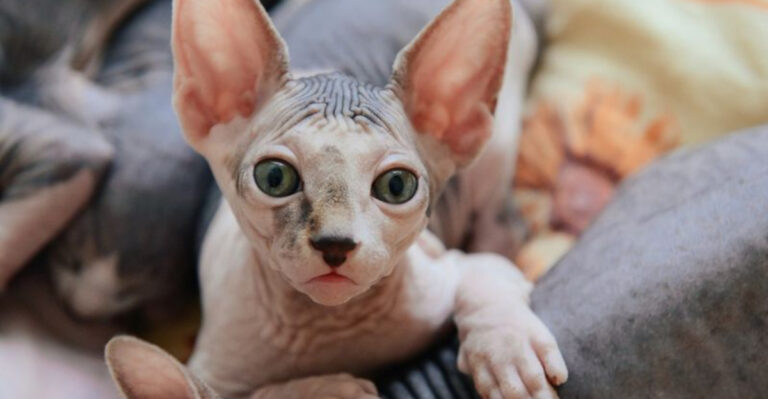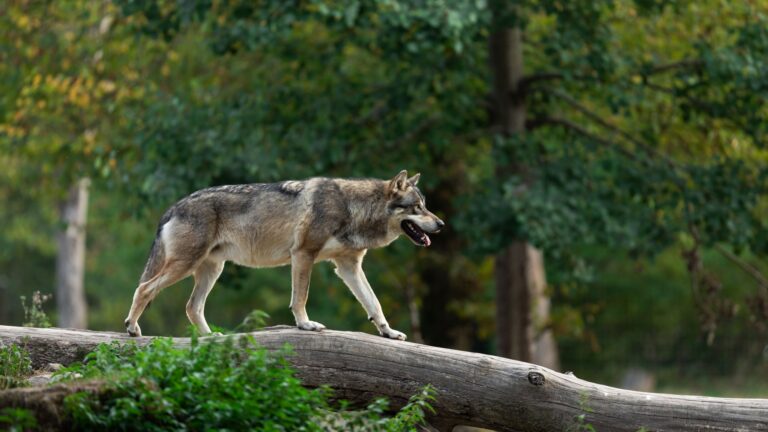The Hidden Reasons Red Pandas Are Struggling To Survive
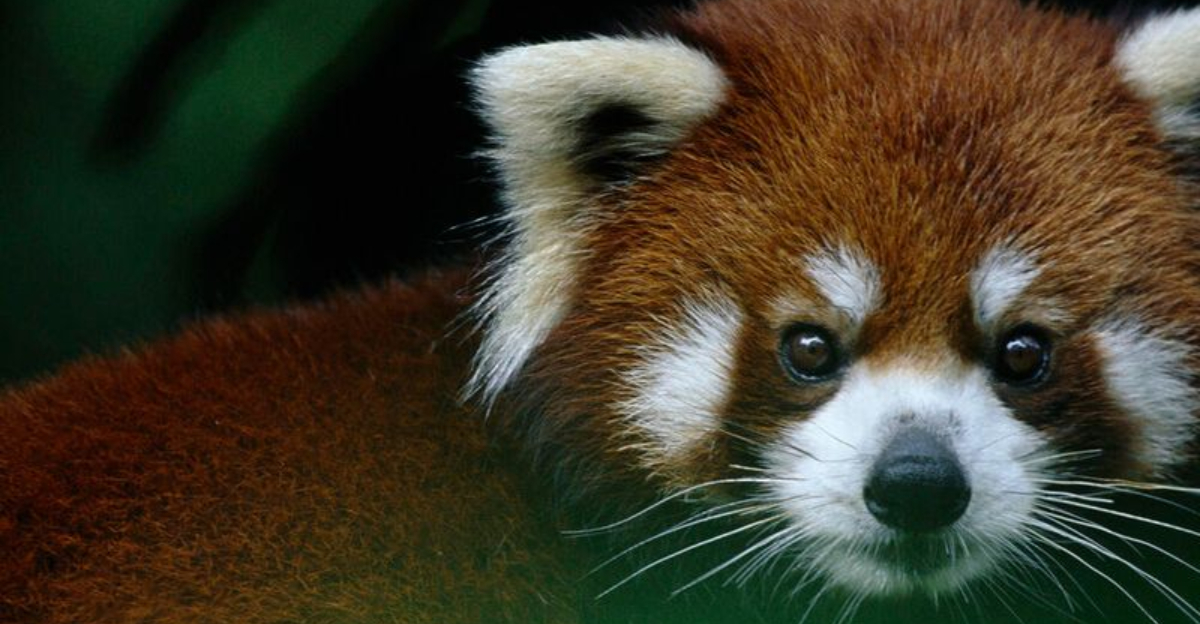
Red pandas, with their rust-colored fur and raccoon-like appearance, captivate animal lovers worldwide. Unfortunately, these adorable tree-dwellers face a silent crisis in their Himalayan mountain homes.
With fewer than 10,000 remaining in the wild, these endangered mammals battle numerous threats that most people never hear about. Let’s uncover the hidden challenges pushing these remarkable creatures toward extinction.
1. A Species Unlike Any Other
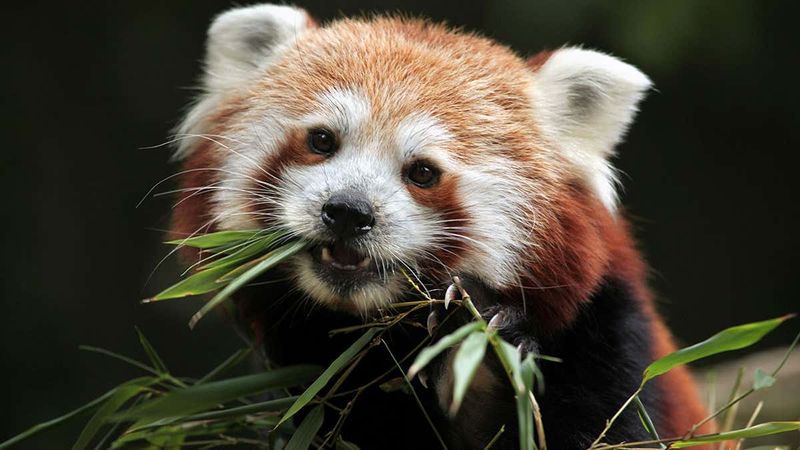
Genetic isolation makes red pandas particularly vulnerable to extinction. As the sole surviving member of their family Ailuridae, they represent a unique evolutionary branch dating back 25 million years.
Unlike giant pandas, which are bears, red pandas have no close relatives to maintain their genetic legacy if they disappear. This genetic uniqueness means conservation efforts must succeed – there’s simply no backup plan for this one-of-a-kind species.
2. Shrinking Forests Are Their Biggest Threat
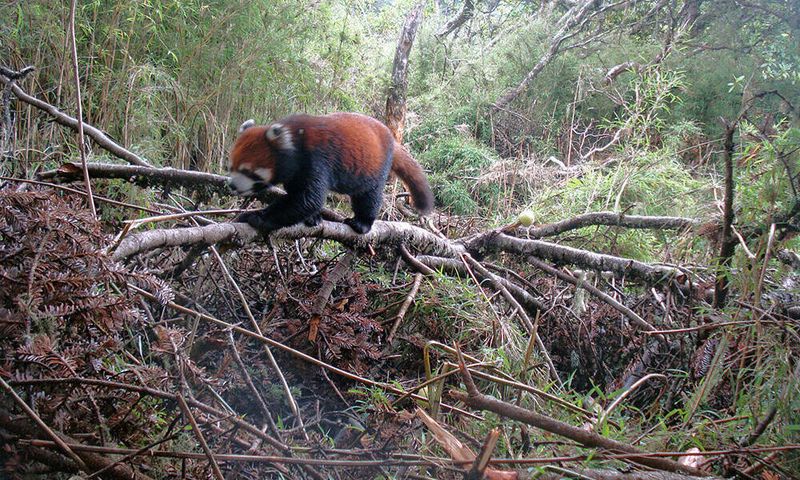
Bamboo forests across Nepal, India, Bhutan, and China disappear at alarming rates. Farmers clear ancient woodlands for crops, while timber companies harvest valuable trees, leaving red pandas without homes.
Once continuous forests now exist as scattered islands, forcing pandas to travel dangerous open areas between safe havens. This fragmentation prevents normal breeding patterns and food-finding behaviors, creating isolated populations vulnerable to local extinction events.
3. Poaching For The Illegal Pet And Fur Trade
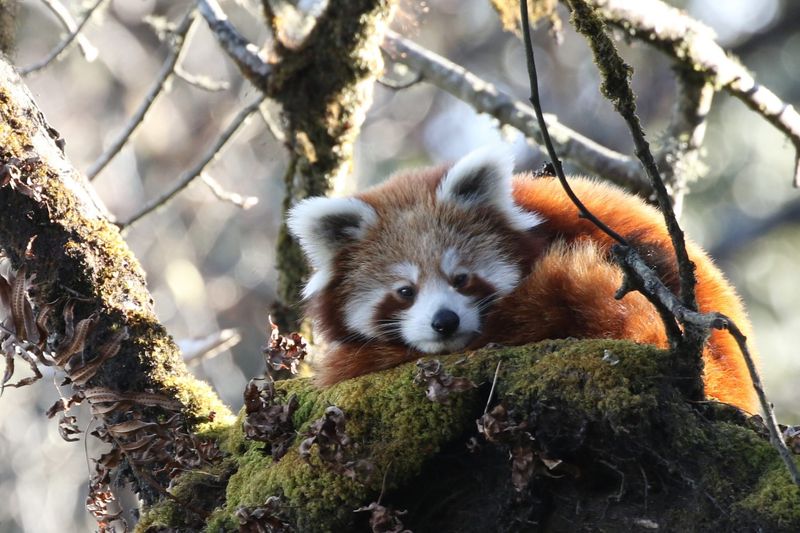
Wealthy collectors pay thousands for baby red pandas on black markets. Smugglers target these animals despite international protection laws, selling them as exotic pets that rarely survive captivity.
Their striking fur attracts illegal hunters too. Traditional hats in some regions use red panda pelts, while their tails become lucky charms. For impoverished local hunters, one red panda can equal months of income, making conservation enforcement particularly challenging.
4. Climate Change Is Altering Their Mountain Home
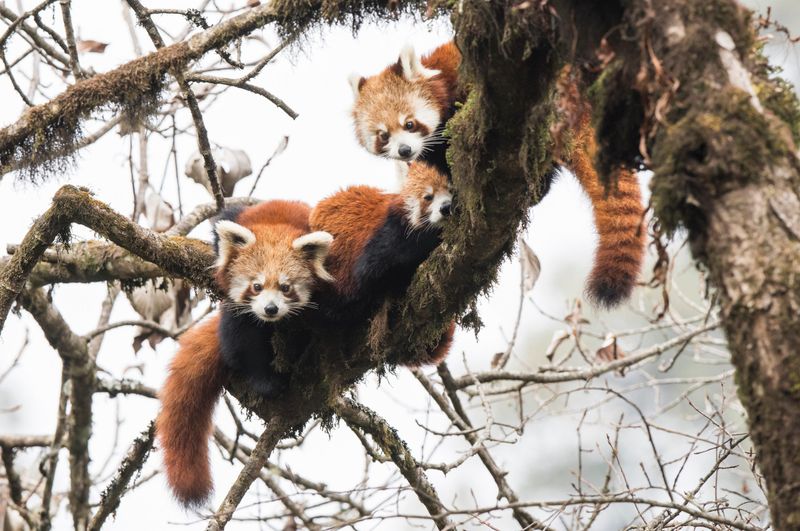
Rising temperatures reshape Himalayan ecosystems faster than red pandas can adapt. Bamboo flowering cycles change unpredictably, while suitable habitat shifts upward into less hospitable terrain.
Extreme weather events bring unprecedented challenges. Landslides from intense rainfall destroy established territories, while longer dry seasons increase forest fire risks. These climate-driven changes compound other threats, creating a perfect storm for a species already struggling to survive.
5. Bamboo Dependency Makes Them Vulnerable
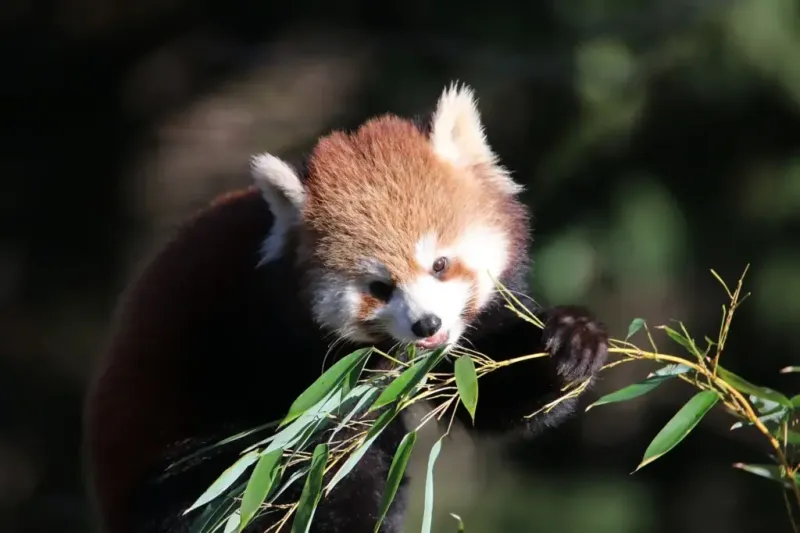
Red pandas evolved specialized wrists just to grasp bamboo stems and thumb-like adaptations to strip leaves efficiently. Their digestive systems process only this low-nutrient food, forcing them to eat for up to 13 hours daily.
When bamboo dies off after synchronized flowering every 30-100 years, entire populations face starvation. Unlike giant pandas that can eat multiple bamboo species, red pandas have fewer dietary alternatives, making them especially vulnerable to bamboo ecosystem disruptions.
6. Low Reproductive Rates Slow Recovery
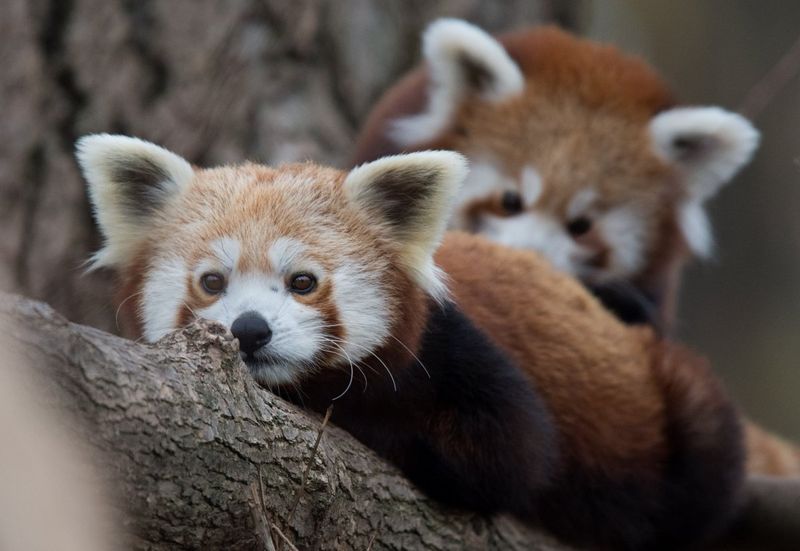
Female red pandas become fertile just once annually for merely 1-3 days. After mating, they typically produce only 1-2 cubs, which face high mortality rates in their first weeks of life.
Cubs develop slowly, staying with mothers for a full year before independence. This conservative reproduction strategy worked for millions of years in stable forests but proves catastrophic when populations decline rapidly. Even under perfect conditions, red pandas simply cannot reproduce quickly enough to offset modern threats.
7. Road Construction Creates Lethal Barriers
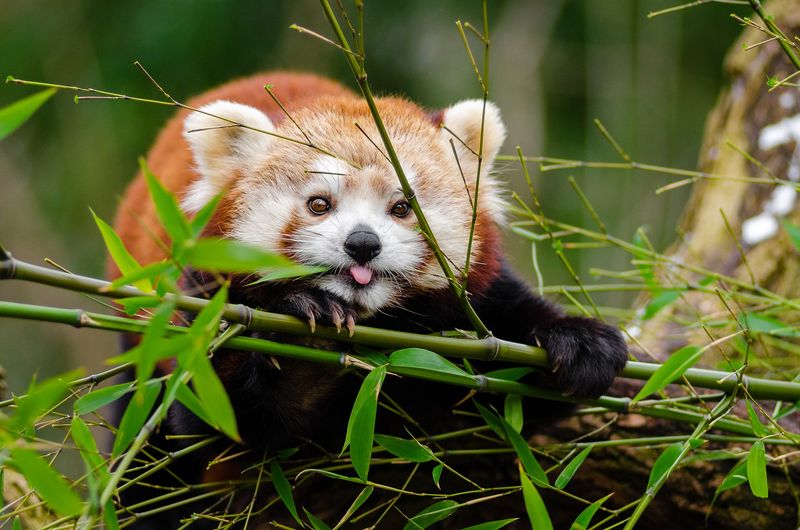
Mountain highways slice through once-pristine red panda territories. Construction noise drives animals from established ranges, while completed roads bring constant traffic dangers to creatures unaccustomed to vehicles.
Roads enable human access to previously remote areas. New settlements, hunting parties, and tourists follow transportation networks into fragile ecosystems. Perhaps most damaging, roads create permanent barriers that prevent genetic exchange between populations, leading to inbreeding and reduced resilience.
8. Livestock Grazing And Firewood Harvesting Add Pressure
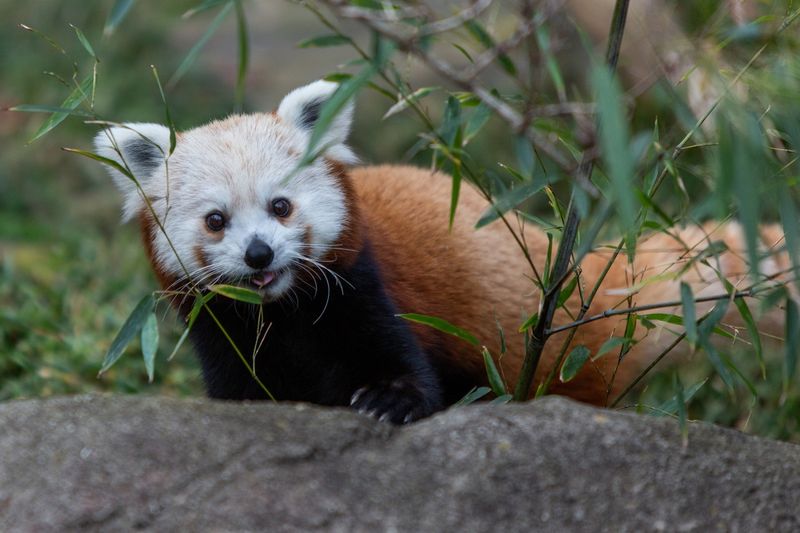
Local herders release cattle, goats and sheep into forests where red pandas live. These domestic animals trample bamboo undergrowth and compete for space in the limited mountain ecosystem.
Village residents collect fallen branches and sometimes cut living trees for cooking fuel. This removes critical elements of red panda habitat—dead trees provide nesting cavities, while fallen logs create pathways through the canopy. These seemingly minor human activities collectively degrade habitat quality in ways scientific studies are only beginning to quantify.
9. Disease Transmission From Domestic Animals
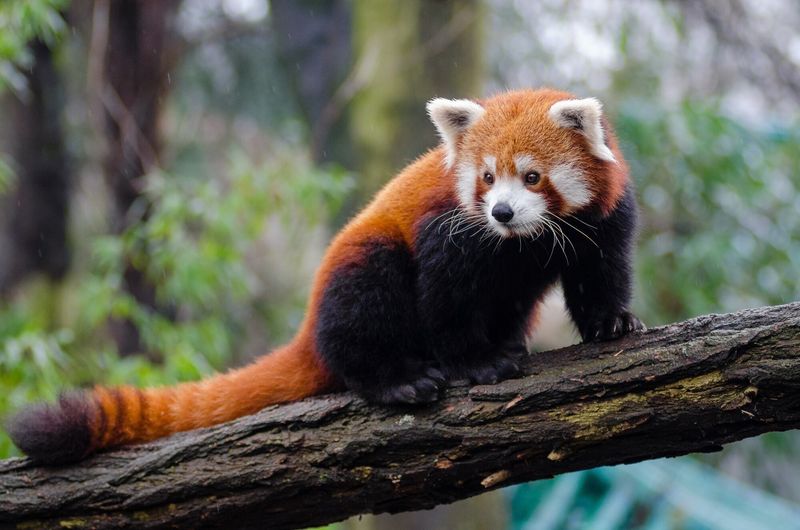
Unvaccinated village dogs carry diseases like canine distemper and parvovirus that can devastate red panda populations. A single infected dog wandering into panda territory might trigger an outbreak capable of killing dozens of these vulnerable animals.
Parasites from domestic animals pose additional threats. Roundworms and ticks that cause minimal harm to livestock can prove deadly to red pandas with no evolutionary defenses against these pathogens. Conservation veterinarians now recognize disease as an underestimated threat requiring urgent attention.
10. Conservation Efforts Are Underway
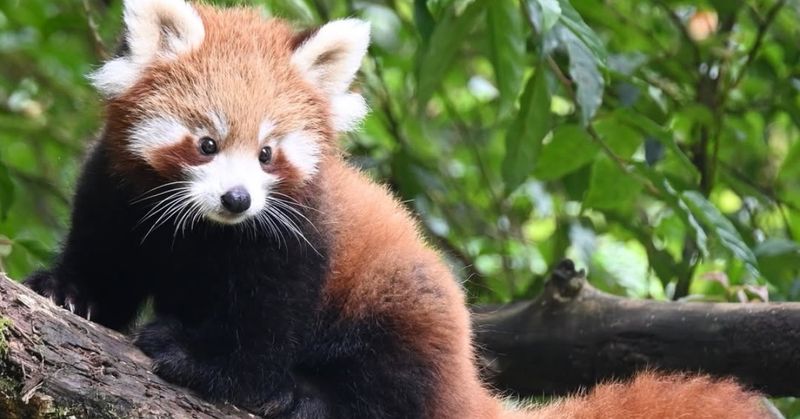
Dedicated rangers patrol protected areas, removing snares and deterring poachers despite limited resources. Their work represents the front line of defense for remaining wild populations.
Breeding programs maintain genetic diversity through carefully managed pairings. These insurance populations ensure red pandas won’t disappear entirely if wild populations collapse. Meanwhile, international conservation groups fund community-based initiatives that address root causes of habitat loss while improving local livelihoods.
11. Local Communities Are Key To Their Survival
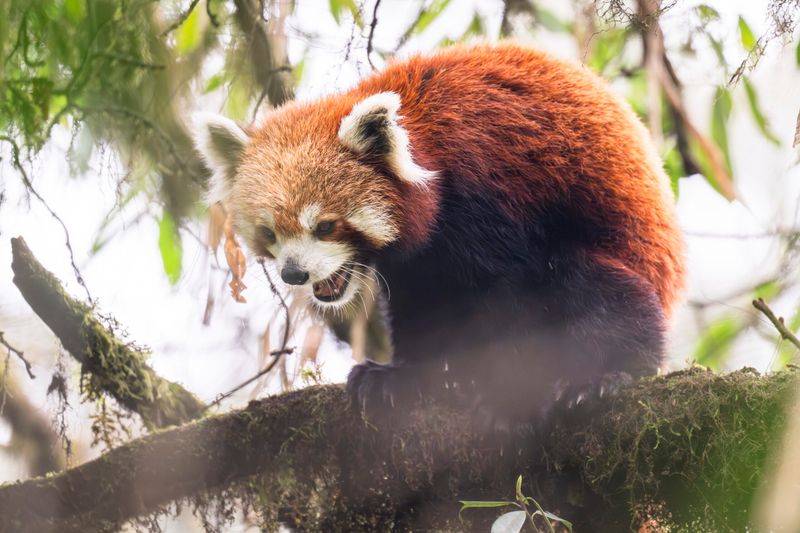
Innovative programs now train former hunters as wildlife guides, creating economic incentives to protect rather than exploit red pandas. When tourism dollars flow into villages because of healthy forests, communities become powerful conservation allies.
Women’s cooperatives develop sustainable forest products like handcrafts and medicinal plants. These enterprises reduce dependence on activities that harm panda habitat. Educational initiatives in schools foster pride in local wildlife, creating a generation of young conservationists committed to protecting their natural heritage.
12. Every Individual Matters For This Species
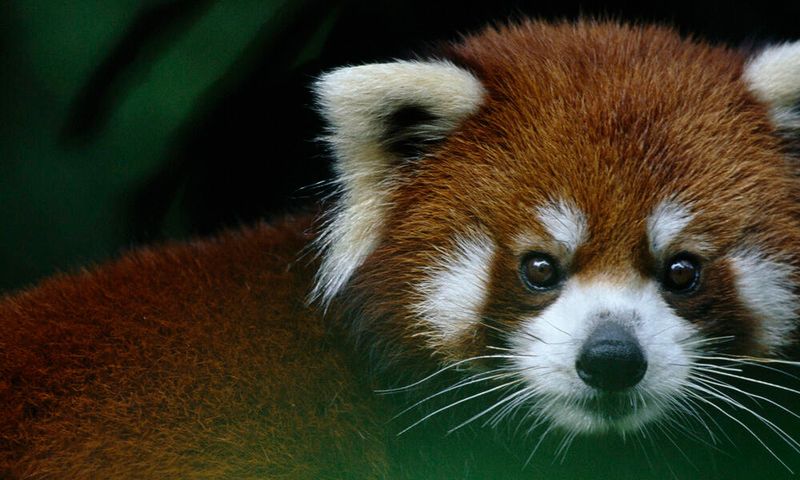
With population estimates between 2,500-10,000 wild red pandas remaining, the loss of even a single breeding female represents a significant blow. Genetic diversity diminishes with each death, making the species less resilient to future challenges.
Success stories provide hope amid concerning statistics. Rescued pandas released back to protected areas have successfully reproduced, while habitat restoration projects show promising results. The future of this remarkable species balances on decisions made today by governments, communities, and conservation organizations worldwide.




